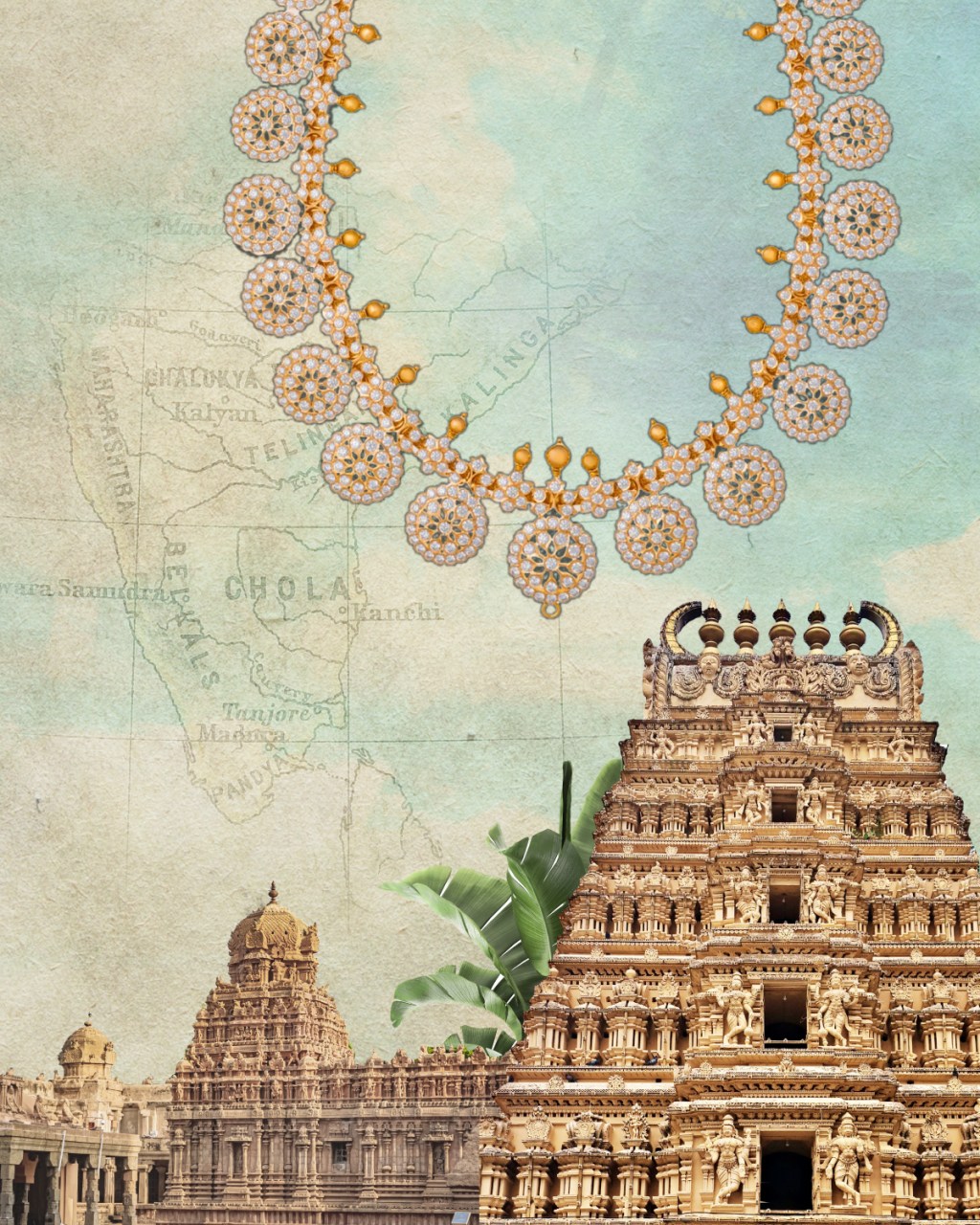Ambaji Shinde – the King of Natural Diamonds
Diamonds and art. A glimpse into the life and times of master jeweller Ambaji Shinde.

On a nippy November morning in Paris, I stood impatiently at the entrance of my hotel suite, a former palace, now the venue for the annual haute-couture debutante ball. Inside were three royal guests, perusing politely through the display of jewels. The teenage princess came over to me, wide-eyed in anticipation and politely murmured, “Any idea when it may come? The press is waiting.”
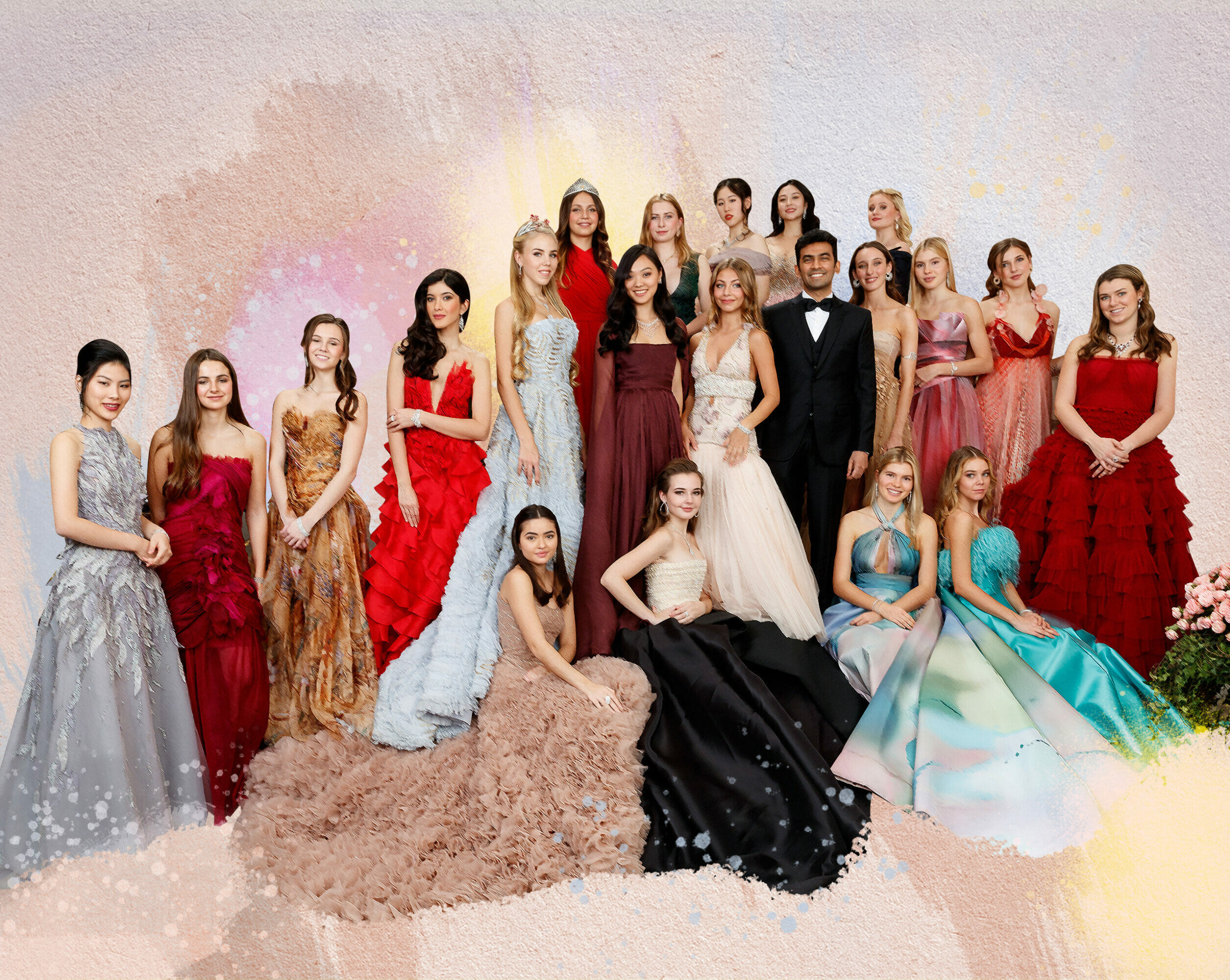
Image Courtesy: Luxury by Harakh
Stifling an urge to strangle someone, I was about to request her yet again for more time, when I heard a minor commotion and saw my colleague charging towards us, wading through layers of security, carrying the familiar orange wrapped custom sealed packet. “Does that answer your question?” I smiled at her.
A few tense minutes later, after the package was painstakingly unwrapped, I breathed a sigh of relief. The custom-made natural diamond tiara had survived its journey impeccably from my Mumbai atelier. My colleague lifted it from its stand and moved towards the window, underneath the benign gaze of the Eiffel Tower. In spite of myself, the words left my mouth “A Modern tiara for a Modern Princess”. Almost on cue, her mother remarked, “A Modern Ambaji Shinde creation”.
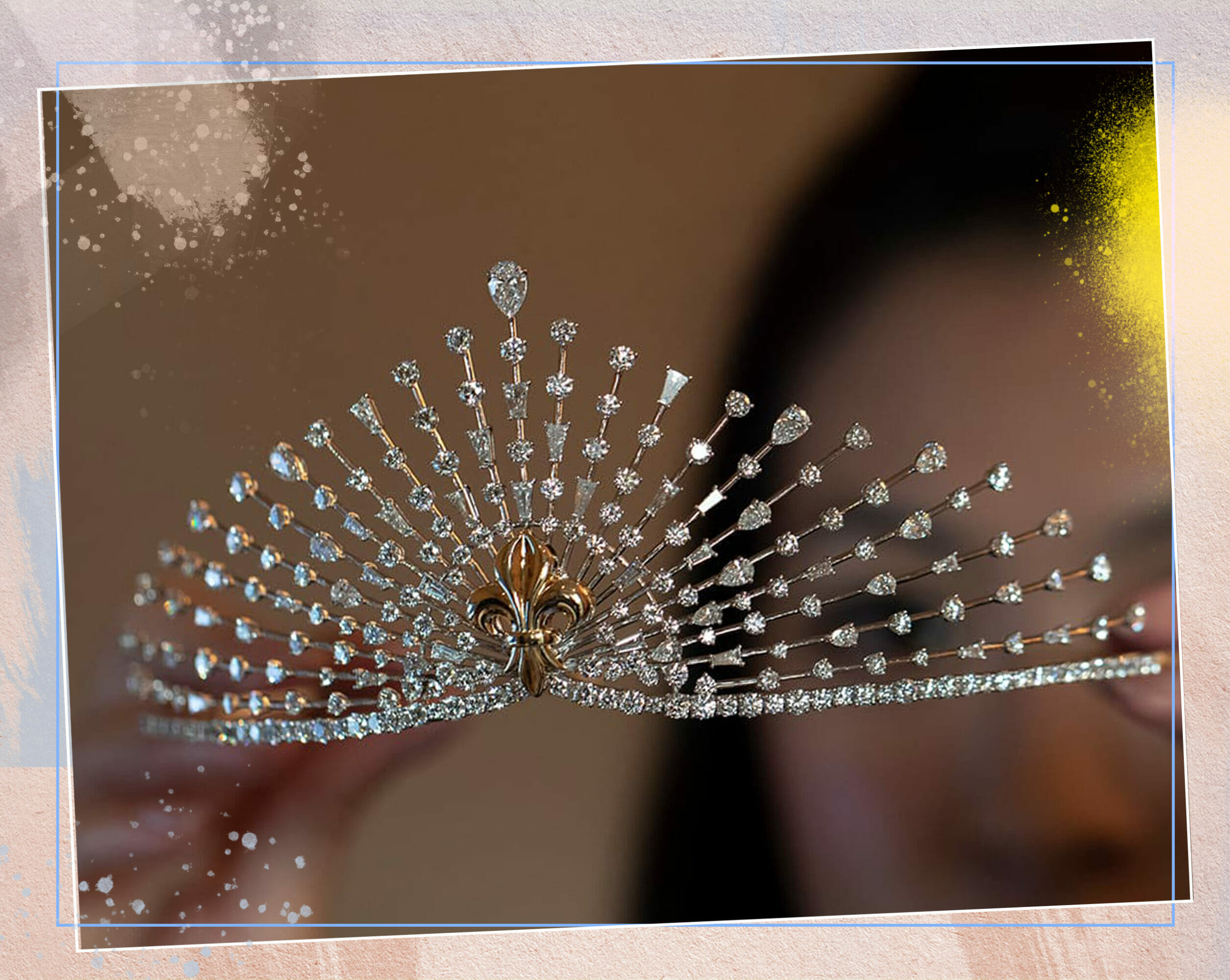
Image Courtesy: Luxury by Harakh
My heart started beating fast. Very fast. For a moment, time stood still. Had she really said those words? Ambaji Shinde? The legend was known as the king of natural diamonds. The master jeweller whose outstanding creations dazzled heads of state and Hollywood stars. The Indian icon now had a permanent place in the Global Diamond Hall of Fame.
For any artist to hear his work to be even referenced to their idol is in equal parts exhilarating and embarrassing. Seeing my face turn a deep shade of red, she quipped, “At least you did not make us wait for as long as he did” amidst guffaws of laughter.
Her Royal Highness was not exaggerating; at the height of his popularity, Ambaji Shinde’s rare bespoke jewels were on a waiting list. He took months, sometimes years to finish a single piece! He was notoriously fastidious about the tiniest of detail and pronounced himself satisfied, only after every possible effort had been made to fulfil his artistic vision.
The first signs of his expertise were seen at a jewellery shop in Mumbai, where he had designed a stunning natural diamond necklace made with long baguettes, beautifully modulated, mimicking two paper rolls cascading effortlessly into twirls. That extravagant diamond jewel had lit up the neck of Rajmata Vijayraje Scindia.

This sort of craftsmanship in a jewel had never before been seen in India. News of his creative aptitude with diamonds spread like wildfire. Over the next two decades, what he later recalled as the “most exciting period” of his career, several Indian royal households approached him for special pieces.
Soon Ambaji Shinde diamond jewels went beyond Indian borders, they were acquired by Kings of Nepal and Saudi Arabia, the Emperor of Ethiopia – and even the Divine! A Tirupati Balaji devotee commissioned a diamond-studded crown to be placed on top of the idol.

Image courtesy: Artist’s rendition
With India gaining independence, and the shifting social structure of the princely states, Shinde quickly tailored his designs to create delicate settings, centred around larger, rare diamonds, giving an international flavour to his style.
European and American Jewellery design houses took notice, including of course Harry Winston. In the now-famous encounter between the two, Shinde displayed his jewellery making confidence and quiet genius by having a gentle altercation with the American, explaining to him why a particular natural diamond necklace should have been constructed with his method, rather than what Winston had suggested. Convinced of his abilities, Winston immediately recruited him to join his namesake brand in New York. Over the years to come, Ambaji rose to become the creative head of the house. Now having been given total artistic freedom, he started experimenting with different precious diamond placements.
Way before the term High Jewellery became synonymous with Art, his settings started resembling mini-sculptures. Always being fond of the colour, he started juxtaposing both colourless and fancy coloured diamonds in unique settings. Challenging the flat castings, he played with depth and dimension. Eschewing the heavy metallic looks, his designs sported whispers of gold or platinum, creating a dazzling vision of floating and dancing diamonds.
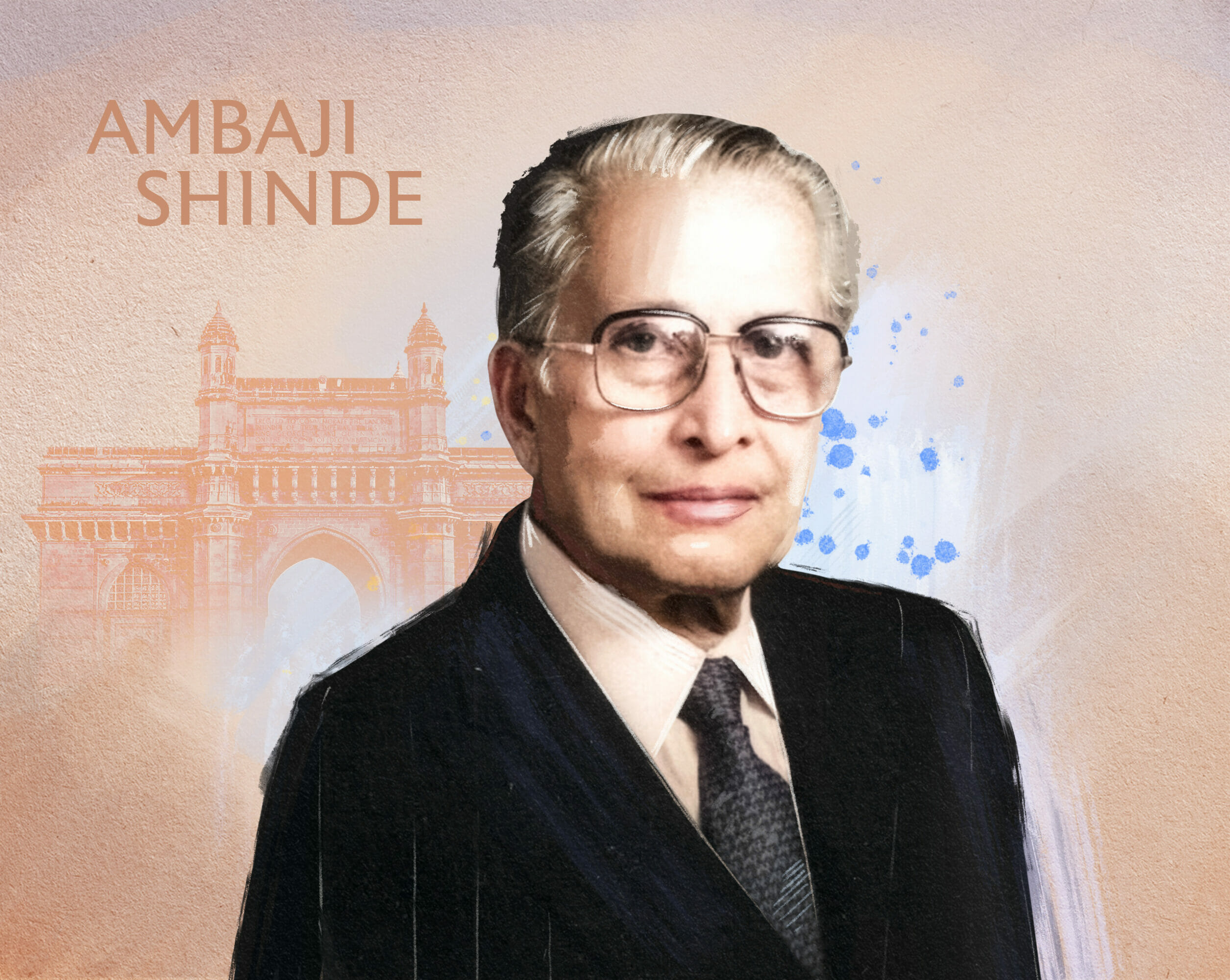
Image courtesy: Artist’s Rendition
Here again, news of his unmatched skills reached Hollywood Movie moguls and business barons started sporting his creations. The famous Taylor-Burton 69.42ct pear-shaped diamond was fashioned into a masterpiece of a necklace. Worn by Elizabeth Taylor, the large diamond suspended at the centre, looked literally as if it were strung together with smaller pear-cut diamonds rather than metal.
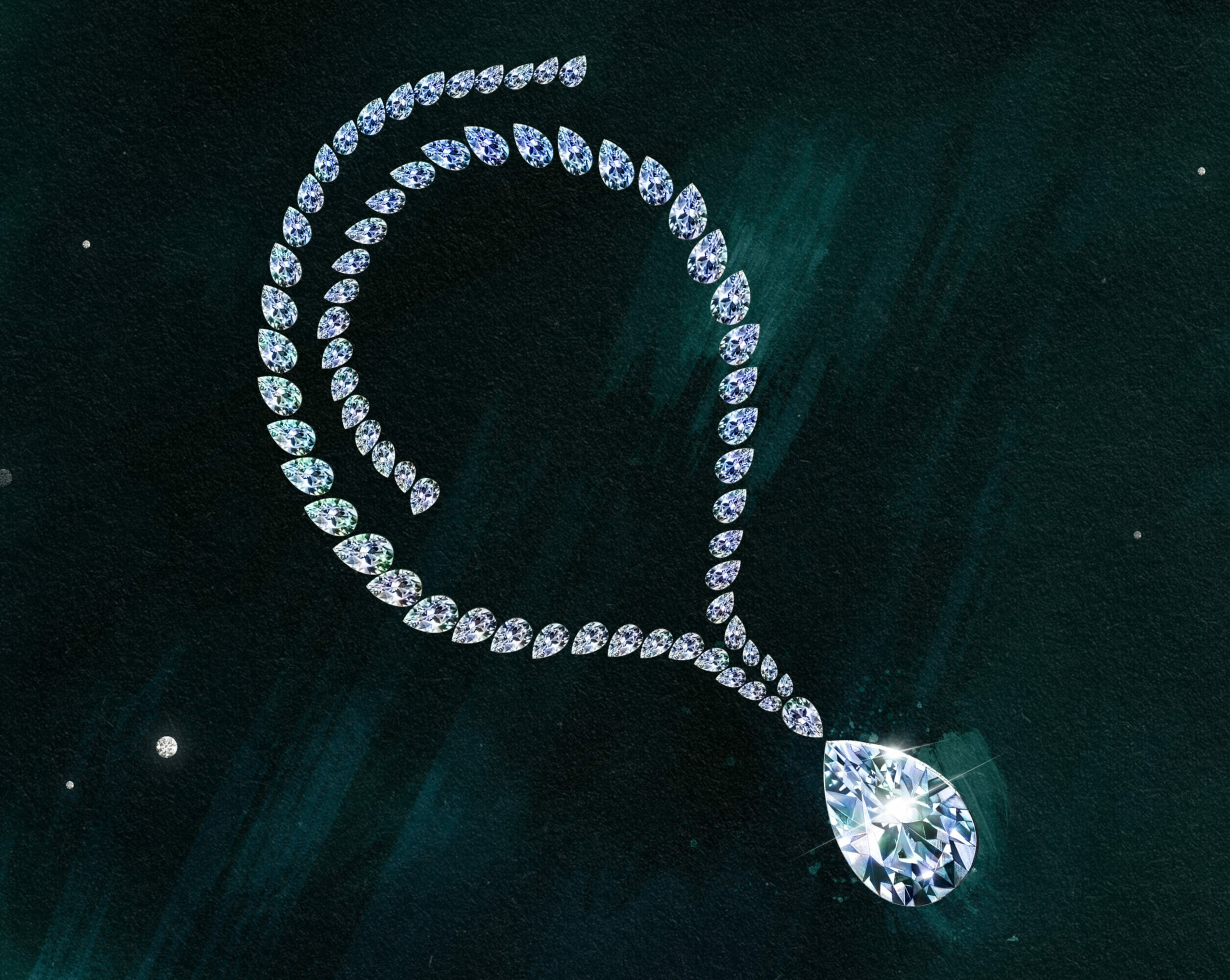
Image courtesy: Artist’s Rendition
Ambaji was soon touted as a living legend, capable of doing magic with diamonds. Harry Winston once remarked, “His watercolour sketches when shown to clients were nothing short of actual photographs, such was the mastery of his eye for the tiniest detail”. The Queen of England, Pop Singer Madonna, Aga Khan and Donald Trumps’ spouses all sported dazzling diamond creations created by Shinde.
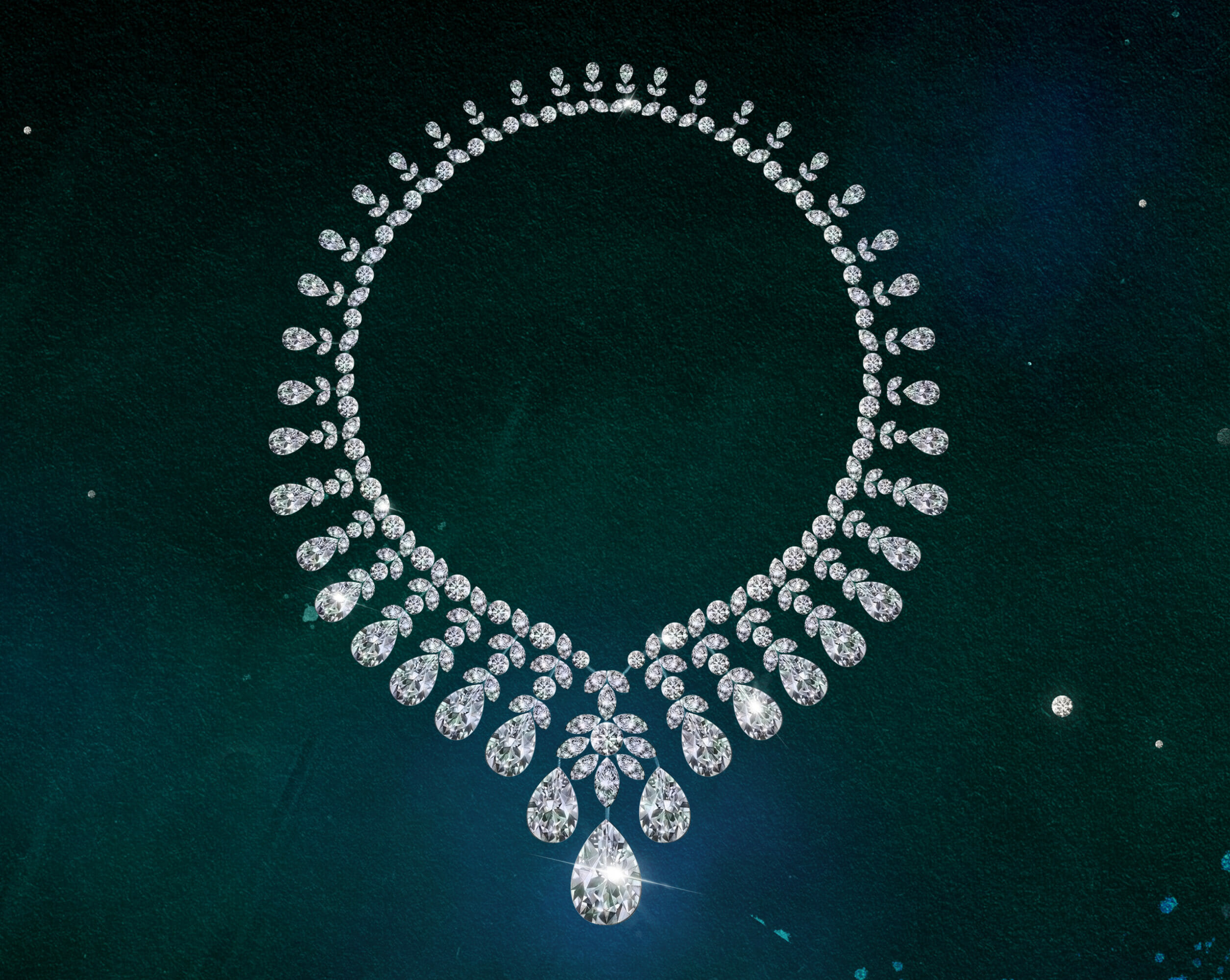
Image courtesy: Artist’s rendition
Synonymous with being known as the jeweller to the stars, when he passed away, he was be-fittingly described by the NYT as “the last link between the world of legendary extravagance and glitz”.
In modern-day Paris, as I watch a fairytale come alive where young princesses waltz in flowing natural and rare diamonds, I recall yet another Ambaji Shinde legend – that he could spot if the diamond was genuine or not from across the street!
